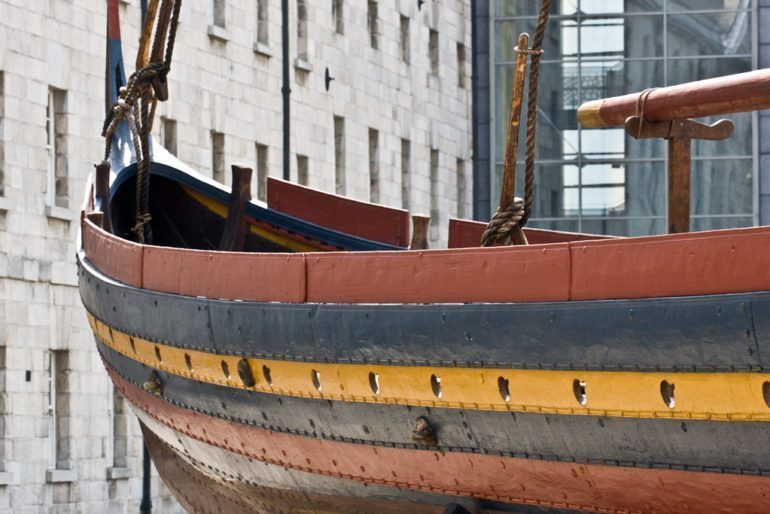The early medieval period in Ireland (400-1200AD) was a time of key importance. It was a turning point in European history and the origin of much contemporary Irish culture and identity. Until now it was assumed that this Irish Golden Age was followed by stability and consolidation, and a steadily increasing population, despite disruption caused by Viking raids throughout the 9th century.
In a study done by Emma Hannah and Rowan McLaughlin, published in the Journal of Archaeological Science, they found that the Irish population had actually been in a serious decline for almost two centuries before the Vikings arrived. Hannah and McLaughlin used large volumes of data to reveal Viking migration patterns that were hidden before.
Read more about their research and about the their ‘big data’ archaeology methods at The Conversation.

